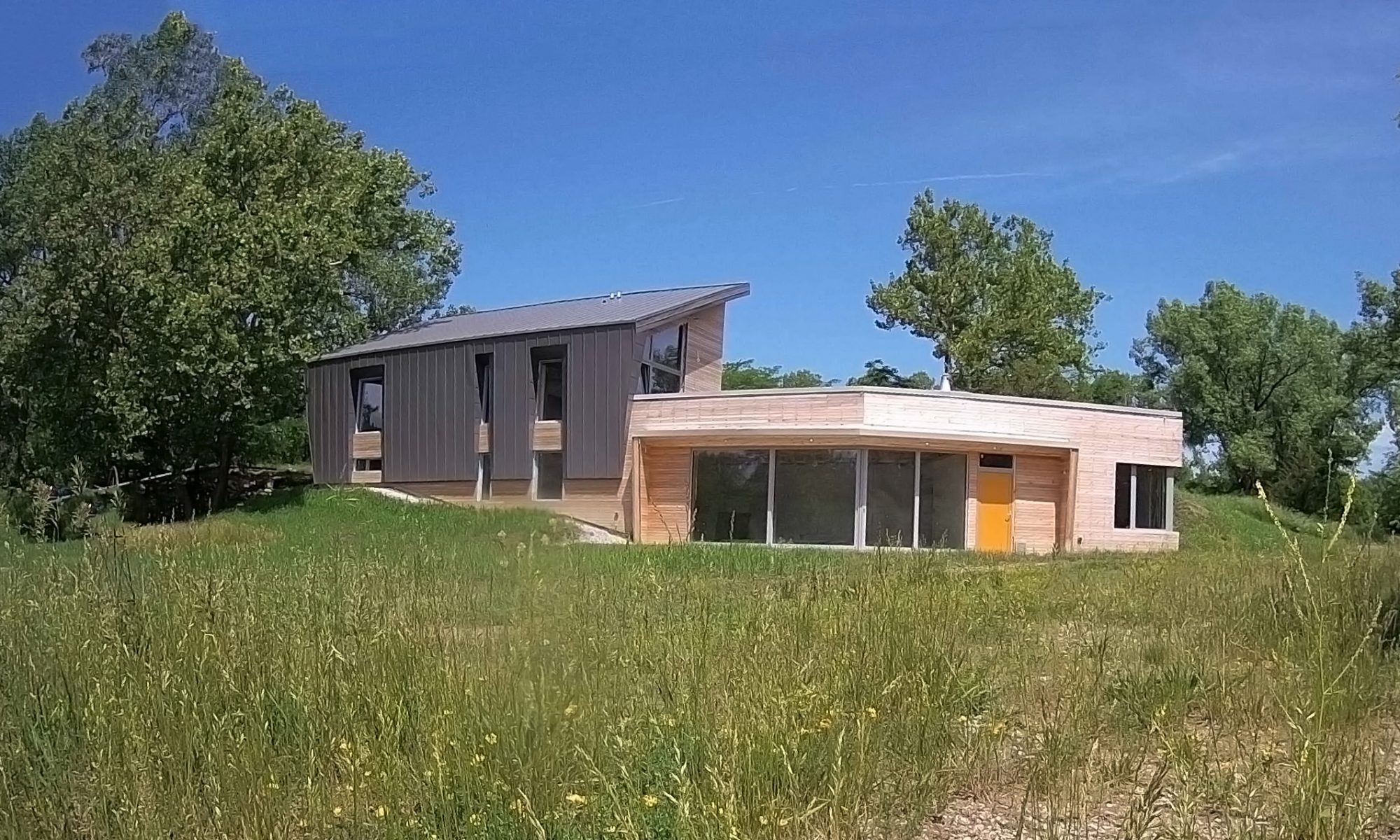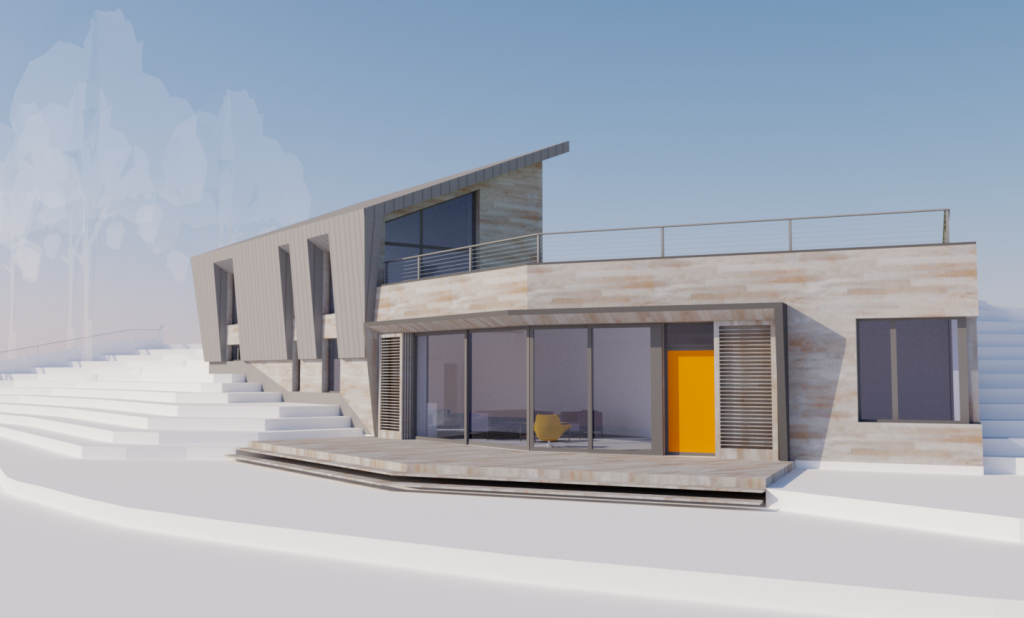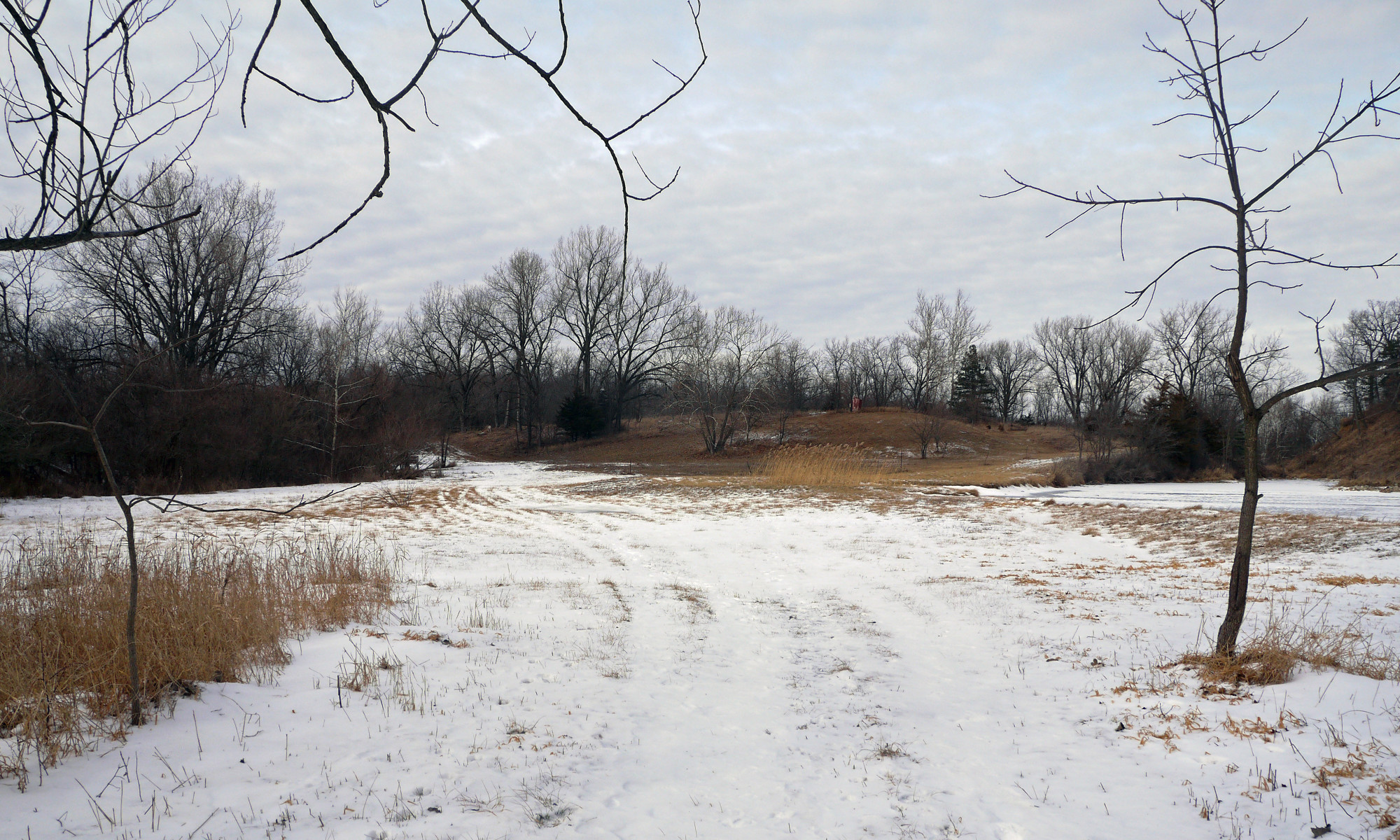Before I ever put pen to paper for this project, I wanted to answer a deceptively simple question: What passive design measures are most important? What basic strategies did the design need to employ to be successful? —to maintain human comfort with a minimum of added energy?
It’s important to answer this question before design begins in earnest for two reasons:
- With a limited budget, it’s important that we invest in the right things; and
- If we know the most important strategies before we start designing, we can incorporate them into the DNA of the design—often more effectively and at lower cost than if they were afterthoughts. For instance, if thermal mass or natural ventilation is important, these things will begin to dictate the construction or interior layout in ways that are difficult to “add on” later.


